$32.95 Original price was: $32.95.$23.07Current price is: $23.07.
- The Quality Choice for Smart Shoppers
- Quality You Can Trust
- Effortless solutions, excellent customer care.
- Free and fast shipping worldwide

Much of the world’s saffron is cultivated in the Middle East, but there’s something particularly special about this organic, single-source saffron grown in Morocco’s Atlas Mountains. Each long orange-crimson thread is uniquely floral, with a honey-like complexity that toes the boundary between savory and sweet and a heady perfume that envelops you the second you uncap the jar. It’s remarkably strong and rich, even for saffron, which tends to be boldly fragrant. Each stage of gathering and processing this saffron is completed by hand by expert women producers, who rely on generations of skill and knowledge to tend to the fields of purple crocus flowers. The raw saffron can only be extracted one month per year in the late fall, but the wait is well worth it.
[/description-break] Ingredients [/title]Ingredients: 100% Moroccan saffron[/accordion] Specifications [/title]Net Weight: 2 grams
Place of Origin: Morocco[/accordions-break]Saffron is the single most labor-intensive spice to produce, but the deep flavor and vibrant color are well worth the effort.[/banner_heading]This one is harvested from remote Morocco near Taliouine—a town nestled in the Atlas Mountains. The region’s climate—scorching summers and bracing winters—plus its nutrient-filled volcanic soil creates the perfect environment for saffron to thrive. [/banner-text-break]Saffron adds a complex floral flavor and deep aroma to food—not to mention a vibrant golden hue. It’s used frequently across Spanish cuisine in rice dishes as well as Indian cuisine in dishes like curry and drinks like badam milk. In Italy, it often finds its way into pasta, like our Orecchiette with Saffron, Ricotta and Mint, and in Iran it enhances Javaher Polow. We love it in a classic Saffron Risotto (Risotto alla Milanese) and our Lemon-Saffron Chicken (Tangia), as well as adding it to all kinds of savory soups and stews. It also adds lovely complexity when steeped in coffee or tea or incorporated into desserts—try our Coconut-Saffron Macaroons. [/how-to-use-break]We have a little trick we like to use here in the Milk Street kitchen to determine if saffron is pure or cut with other filler products and dyes—like much in the U.S. unfortunately is. Simply drop a few strands in tepid water and watch to see how fast the color releases. If the water turns yellow fairly quickly or the strands lose their hue, then artificial dyes were likely used. If it releases slowly and stays a deep red, then it’s true saffron. This one passed the test with flying colors (a rich, golden color, that is).
Be the first to review “Casablanca Market Moroccan Saffron” Cancel reply
Related products
Condiments & Toppings
Concentrates & Pastes
Coffee, Tea & Hot Chocolate
Concentrates & Pastes
Candy, Cookies & Sweets
Coffee, Tea & Hot Chocolate
Concentrates & Pastes



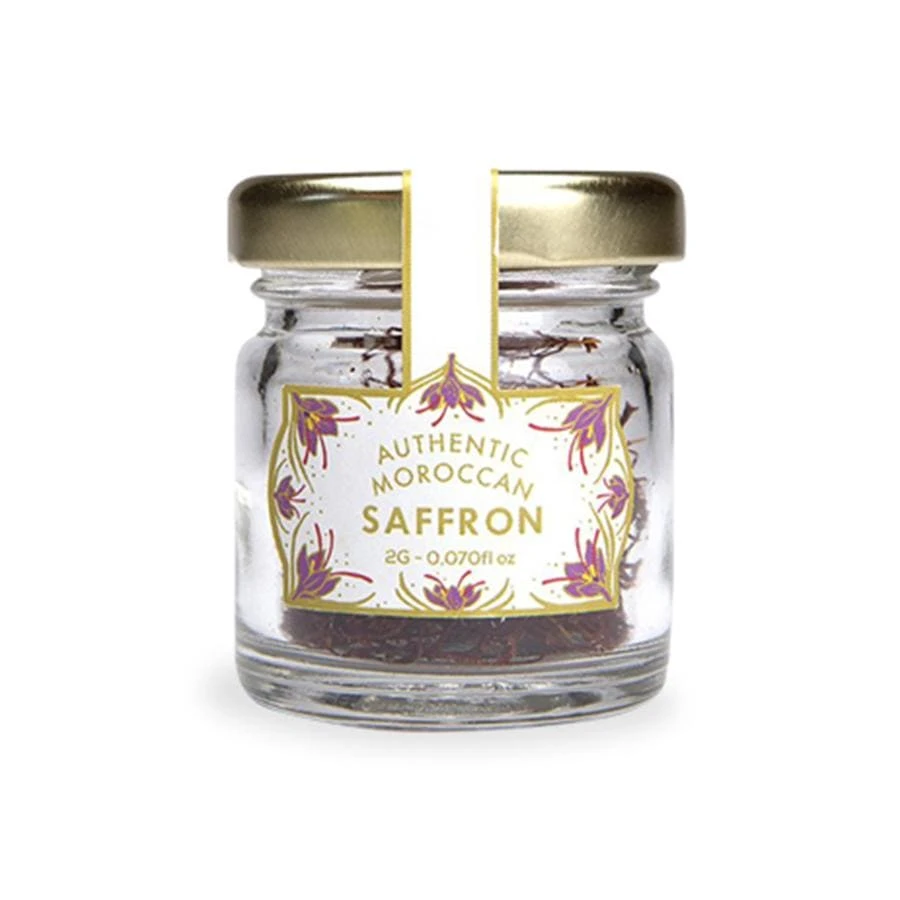
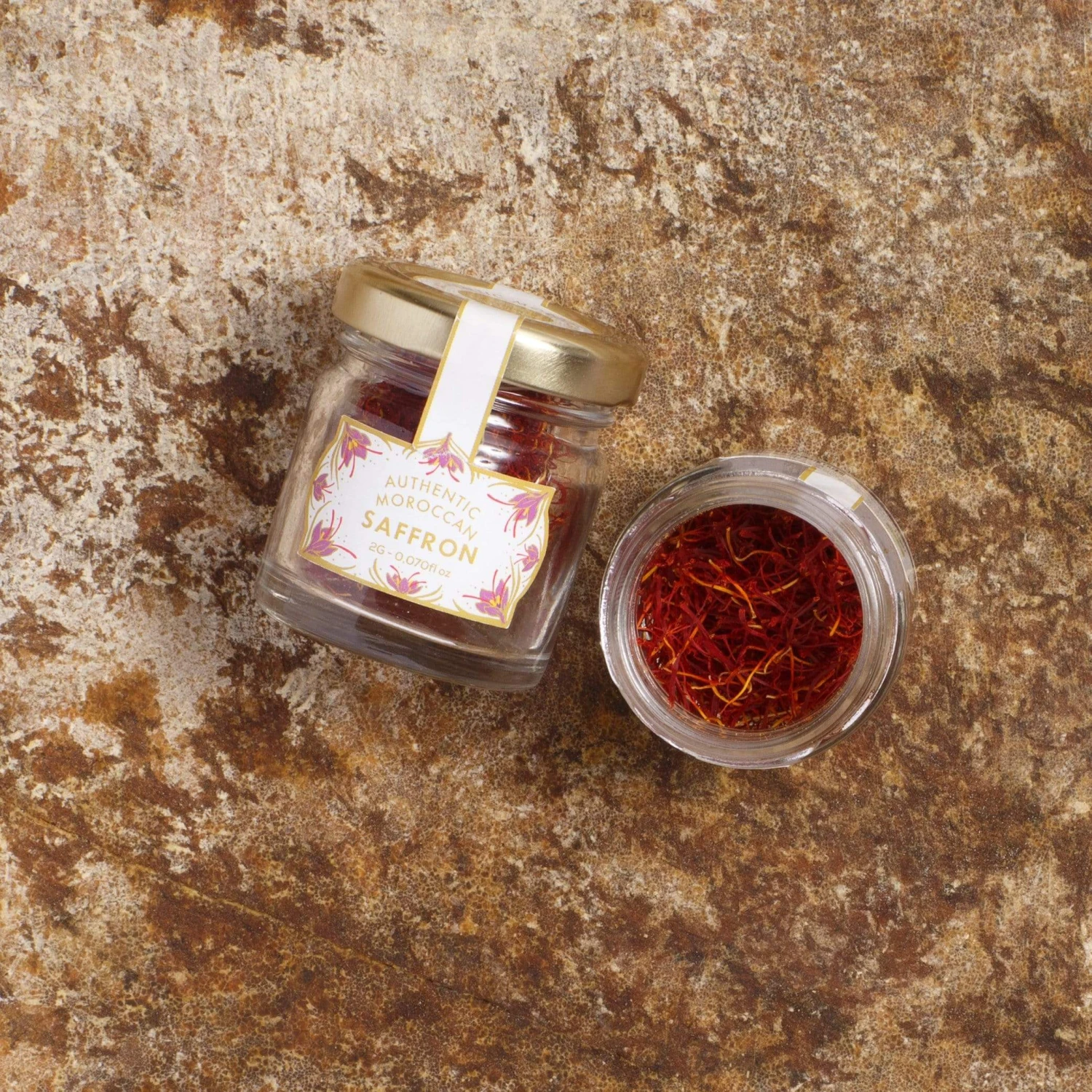
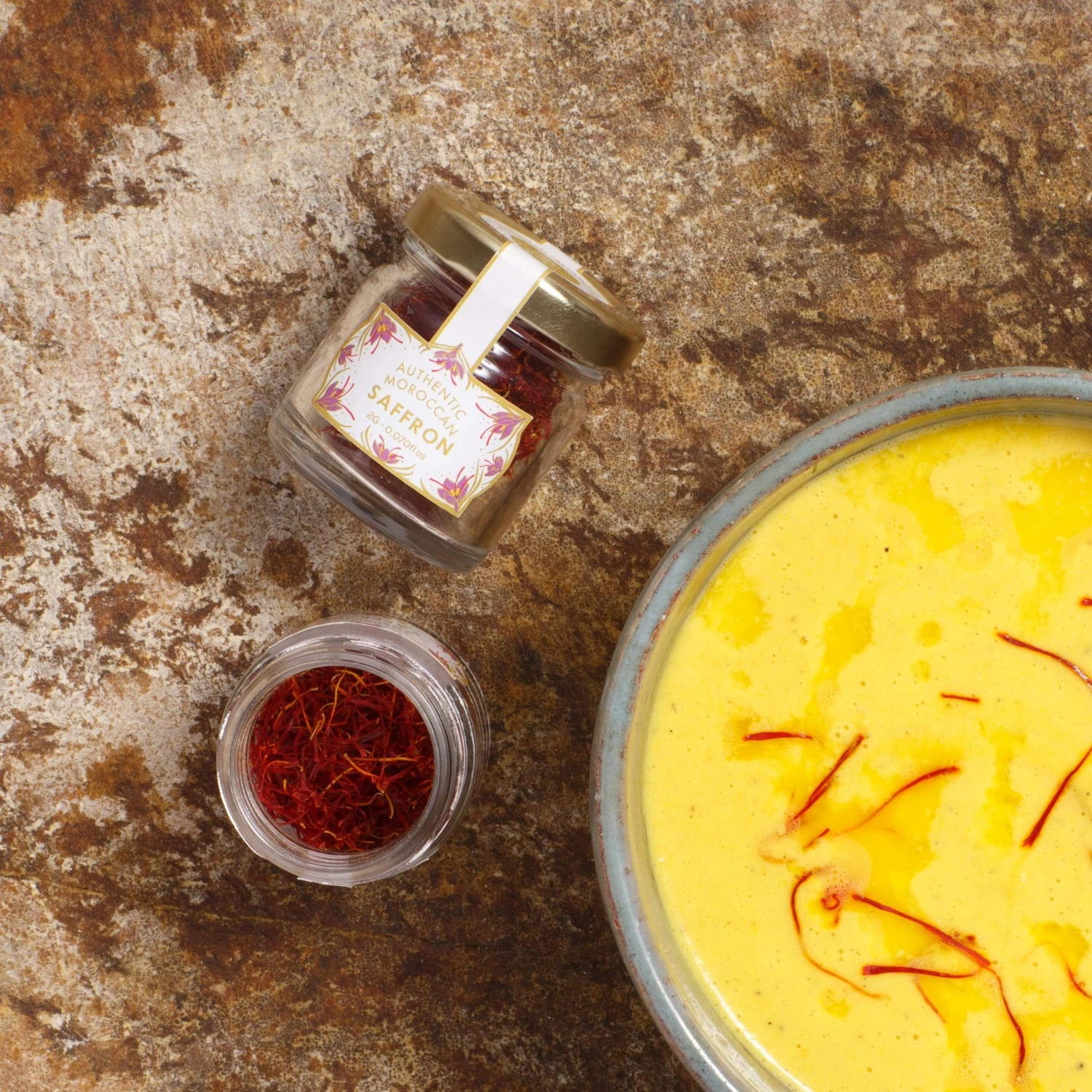

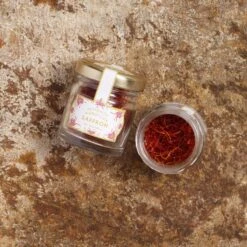
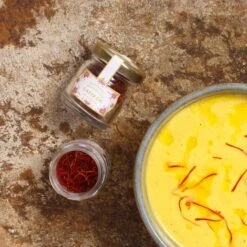

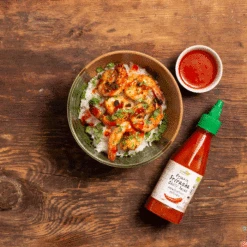

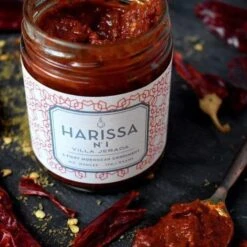
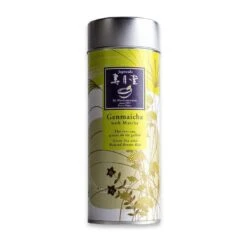
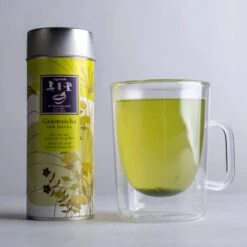





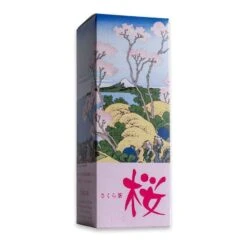
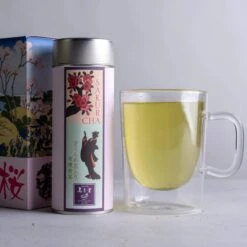
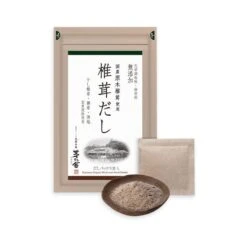
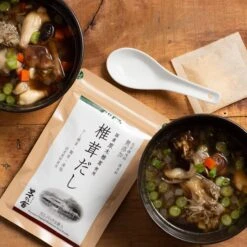
Reviews
There are no reviews yet.